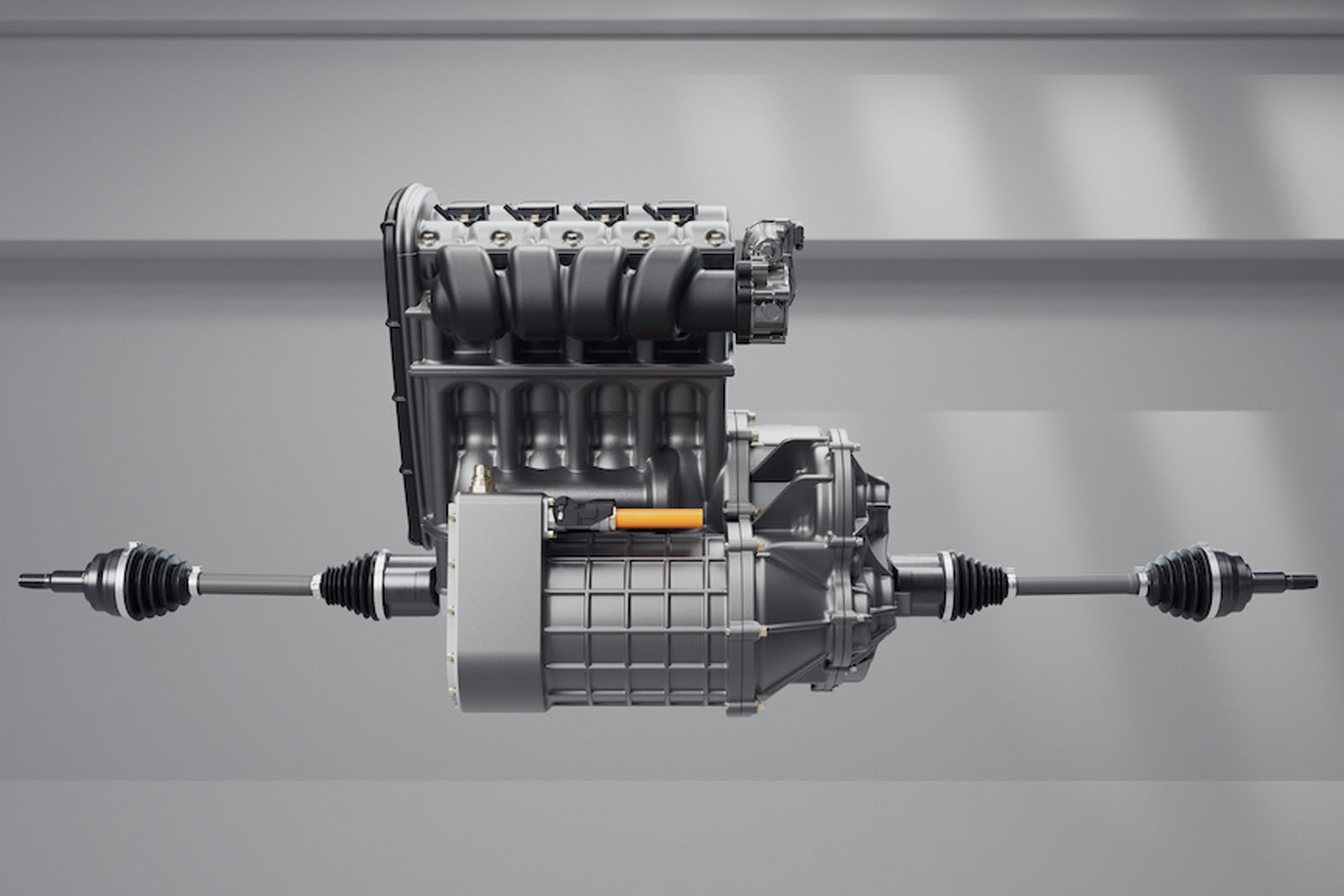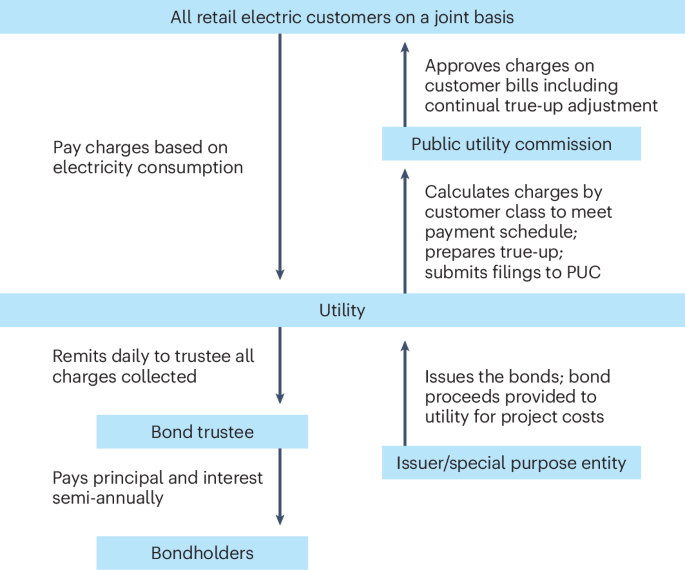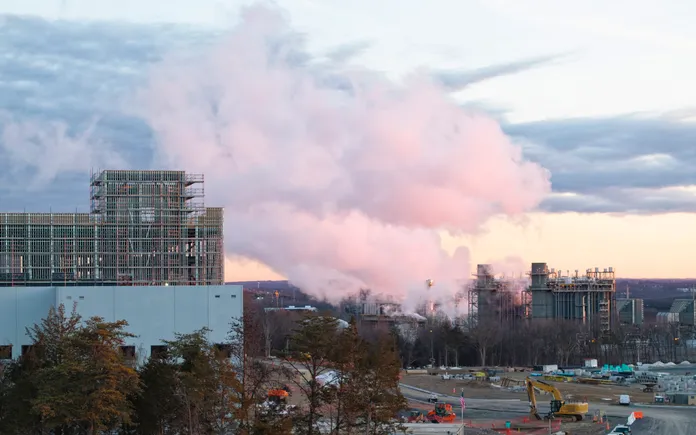Investing in Infrastructure: How Warehouses Are Future-Proofing Their Operations
Warehousing isn’t just about space. It’s about capability. Across the sector, there’s a noticeable shift toward smarter, more efficient, and more resilient facilities. With rising demand, tighter delivery schedules, and evolving storage needs, many warehouse operators are making targeted investments to stay competitive. These upgrades aren’t always flashy, but they tend to have long-lasting effects [...] The post Investing in Infrastructure: How Warehouses Are Future-Proofing Their Operations first appeared on Warehouse & Logistics News.

Warehousing isn’t just about space. It’s about capability. Across the sector, there’s a noticeable shift toward smarter, more efficient, and more resilient facilities. With rising demand, tighter delivery schedules, and evolving storage needs, many warehouse operators are making targeted investments to stay competitive. These upgrades aren’t always flashy, but they tend to have long-lasting effects on productivity and cost management.

The focus has turned to infrastructure, from structural redesigns to digital tools. Improving operations begins with the building itself, and those looking to remain agile are examining how their facilities support day-to-day functions.
Evaluating Existing Operations
Before investing in upgrades, it’s essential to know what already works, and what doesn’t. Many warehouses operate with legacy systems or outdated layouts that slow down staff and disrupt fulfilment.
Walking the floor reveals a lot. Are the aisles wide enough for current equipment? Is inventory frequently misplaced or hard to access? Is downtime caused by physical limitations or slow processes? These practical questions guide the first stage of infrastructure planning.
Even minor inefficiencies, when repeated hundreds of times per day, lead to big performance losses. That’s why assessment matters. It becomes the foundation for every change that follows.
Automation and Technology Integration
The adoption of automation in warehousing has been steadily growing. It’s no longer limited to large distribution centres; even mid-sized facilities are finding value in upgrading systems that reduce manual workload.
Warehouse Management Systems (WMS) offer real-time data on inventory, helping teams track stock levels and reduce picking errors. Automated conveyor belts and robotic arms reduce the strain on workers and improve turnaround times.
Choosing which tools to implement depends on the warehouse’s size, purpose, and daily order volume. But even basic upgrades, like handheld scanning devices or RFID tagging, can make an immediate difference in accuracy and tracking.
The technology doesn’t replace people; it enhances their ability to do the job with more speed and fewer mistakes.
Layout and Structural Adjustments
Physical space plays a huge role in performance. It’s not just about square footage; it’s how that space is used.
Redesigning layouts to improve flow can lead to faster order processing. Some facilities add mezzanine floors to maximise vertical space. Others shift to narrower aisles and guided vehicles to boost density.
Storage systems are evolving, too. Adjustable racking, smart shelving, and improved zoning help match space with shifting product types. As demand patterns change, the ability to adapt without major disruption becomes valuable.
These changes often take planning and temporary disruption, but the results tend to justify the effort. A well-structured space reduces time spent moving goods and lowers accident risks.
Sustainable Infrastructure Upgrades
Energy use is a growing concern in warehousing. High electricity bills and environmental regulations are pushing operators to think differently.
Installing LED lighting with motion sensors can reduce energy waste. Solar panels offer long-term savings for those who can invest upfront. Even smaller changes like better insulation or upgraded HVAC systems improve efficiency.
Many warehouses now include electric vehicle charging stations for their fleets or staff. Others are switching to packaging that reduces waste and storage volume.
These sustainability efforts aren’t only about compliance or image. They often deliver measurable savings and create a more pleasant working environment.
Financing Long-Term Improvements
Larger infrastructure upgrades often require upfront capital. Even when the return on investment is clear, businesses sometimes need help accessing the funds to get started.
One solution involves financing property improvements through targeted lending products. A warehouse mortgage can support businesses looking to purchase new facilities or invest in current sites. It’s a tailored option that aligns with the needs of warehouse owners and operators.
These mortgages are structured to reflect the unique nature of warehousing, offering flexibility on terms and usage. For many businesses, securing this type of finance allows them to carry out essential improvements without limiting cash flow.
It can also strengthen long-term planning by providing ownership certainty and cost control, both critical in a sector where margins and schedules are tight.
Building Smarter, Operating Better
Warehouses are more than storage hubs; they’re central to how supply chains function. Improving infrastructure is a practical step toward better performance, safety, and flexibility.
The path forward involves steady, well-informed changes, from evaluating current operations to adopting modern systems. Funding support also plays a role, allowing operators to invest with confidence.
Infrastructure upgrades aren’t about chasing trends. They’re about building stronger foundations for everything that happens inside those four walls, and making sure those walls are ready for whatever comes next.The post Investing in Infrastructure: How Warehouses Are Future-Proofing Their Operations first appeared on Warehouse & Logistics News.



















































































































































































